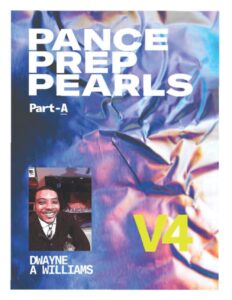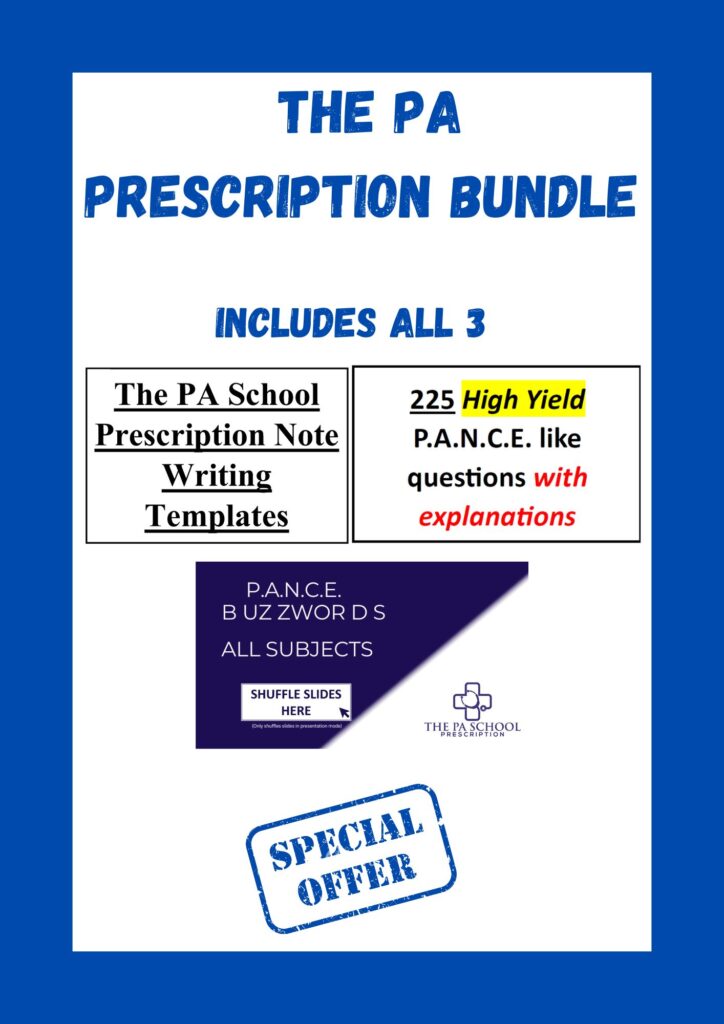
Thank you for subscribing to The PA Rx Newsletter!
The Friday Case Challenge includes difficult-to-diagnose conditions, some of which are not frequently encountered by most clinicians, but are nonetheless important to accurately recognize. Test your diagnostic and treatment skills using the following patient scenario and corresponding questions. Disclaimer: The following case is fiction and for educational purposes only.
It was a frosty Christmas Eve in a quaint suburban town, where festive lights adorned houses and carolers filled the air with melodious tunes. Dr. Alex Reynolds, a seasoned cardiologist, found himself on call at the local hospital. As he sipped his lukewarm coffee, he received a call from the emergency department about a 65-year-old man who had been brought in with shortness of breath.
Rushing to the hospital, Dr. Reynolds reviewed the preliminary information. The patient, referred to as Mr. A in this account, had a history of hypertension and type 2 diabetes. He had been enjoying the holiday festivities with his family when he suddenly felt an overwhelming fatigue, accompanied by difficulty breathing and a persistent cough. His family, concerned about his well-being, decided it was best to seek medical attention.
Upon entering the examination room, Dr. Reynolds was greeted by Mr. A, a portly man with graying hair and a tired expression.
As Dr. Reynolds delved into Mr. A’s medical history, he learned that the patient had noticed a gradual increase in swelling in his legs over the past few months. He admitted to neglecting these symptoms, attributing them to the indulgences of the holiday season. He had been feeling increasingly fatigued, but the tipping point came when he couldn’t catch his breath while hanging ornaments on the tree.
The physical examination revealed a man in obvious distress. Mr. A’s blood pressure was elevated at 160/90 mmHg, and his heart rate was rapid at 110 beats per minute. Dr. Reynolds noted jugular venous distension and a fine rales on auscultation of the lungs. There was bilateral pitting edema in the lower extremities, extending up to the knees. The family anxiously looked on as Dr. Reynolds ordered a series of tests.
Chest X-ray showed an enlarged heart with pulmonary congestion. Laboratory results were remarkable for elevated B-type natriuretic peptide (BNP) levels. An electrocardiogram (ECG) displayed sinus tachycardia with nonspecific ST-T wave changes. Dr. Reynolds was narrowing down the possibilities, but the final piece of the puzzle was revealed with an echocardiogram. The echocardiogram exposed a dilated left ventricle with reduced ejection fraction (EF) of 30%. There was also evidence of mitral regurgitation
Question 1:
What is the most likely diagnosis?
- Acute Coronary Syndrome
- Pulmonary Embolism
- Congestive Heart Failure
- Pneumonia
Question 2:
What electrolyte abnormality should be monitored closely in patients receiving loop diuretics, such as furosemide, for the management of congestive heart failure?
A. Hypercalcemia
B. Hyperkalemia
C. Hypokalemia
D. Hyponatremia
Question 3:
What is the primary mechanism of action of angiotensin-converting enzyme (ACE) inhibitors in the treatment of heart failure?
A. Increased afterload
B. Decreased preload
C. Vasodilation
D. Positive inotropy
Question 4:
Which cardiac abnormality is commonly associated with heart failure with reduced ejection fraction (HFrEF)?
A. Atrial fibrillation
B. Wolff-Parkinson-White syndrome
C. Long QT syndrome
D. Bundle branch block
Answers:
Question 1
C. Congestive Heart Failure
Question 2
C. Hypokalemia
Explanation: Loop diuretics, like furosemide, can lead to potassium loss, resulting in hypokalemia. Monitoring potassium levels is essential to prevent potential complications, such as arrhythmias.
Incorrect Options:
- A. Hypercalcemia: Loop diuretics are not associated with hypercalcemia; they are more likely to cause hypocalcemia.
- B. Hyperkalemia: Loop diuretics typically lead to hypokalemia, not hyperkalemia.
- D. Hyponatremia: While diuretics can contribute to hyponatremia, loop diuretics are more commonly associated with hypokalemia.
Question 3:
C. Vasodilation
Explanation: ACE inhibitors exert their beneficial effects in heart failure by causing vasodilation, reducing afterload, and improving cardiac performance.
Incorrect Options:
- A. Increased afterload: ACE inhibitors actually reduce afterload by inhibiting the conversion of angiotensin I to angiotensin II.
- B. Decreased preload: While ACE inhibitors may have some impact on preload, their primary mechanism is reducing afterload.
- D. Positive inotropy: Positive inotropy is not a primary effect of ACE inhibitors; their main action is on afterload reduction.
Question 4:
Answer: A. Atrial fibrillation
Explanation: Atrial fibrillation is commonly observed in patients with heart failure with reduced ejection fraction and is associated with increased morbidity and mortality in this population.
Incorrect Options:
- B. Wolff-Parkinson-White syndrome: WPW syndrome is not commonly associated with heart failure; it is a pre-excitation syndrome.
- C. Long QT syndrome: Long QT syndrome is a risk factor for arrhythmias but is not specifically associated with heart failure.
- D. Bundle branch block: Bundle branch block may be seen in heart failure, but it is not as directly associated as atrial fibrillation is in HFrEF.
Thats all for today.
For more newsletters and case challenges click here
Preparing for a job interview? Click here for our FREE job interview checklist
Want more question practice? Click here for our affordable 225 question exam with detailed explanations
Thanks for reading,










